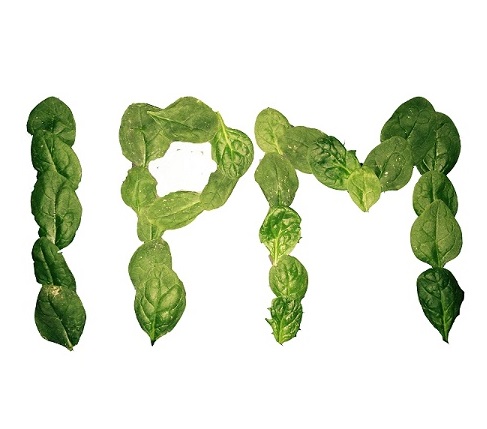
The 2015-2016 vegetable production season in Yuma County, Arizona is fast approaching
the finish line. Last year at this time, pest control advisors were probably delighted
to see the end of the vegetable growing season. Why? Downy mildew then was a widespread
and persistent disease problem on susceptible crops, even in areas that did not
receive appreciable rainfall and normally do not have high downy mildew pressure.
However, this growing season, in spite of predictions of higher than normal wetness
due to El Nino, the overall incidence and severity of downy mildew so far is much
lower than last season. A look at what environmental factor drives downy mildew
development can help explain the difference in disease intensity observed between
the two years. The pathogens that cause downy mildew on lettuce, spinach, onions
and other crops produce spores which can germinate to cause new infections when
landing on a susceptible plant that is wet and remains so for a minimum of 2 to
3 hours. Plant wetness during the evening and following morning is the critical
environmental factor affecting both spore production and germination after dissemination
on healthy plant tissue. Plants can get wet from rainfall, irrigation, and dew formation.
The downy mildew pathogens do not care how the plants get wet; however, if the pathogen
is present and susceptible plants are wet during the time period indicated earlier,
then downy mildew will develop. An increasing number of evening-morning plant wetness
days fuels increasing bouts of pathogen spore production and infection, leading
to rapid and sustained development of downy mildew. So, it is plant wetness and
not just rainfall itself that is the driver of downy mildew epidemics. This fact
is demonstrated when examining rainfall and leaf wetness events for this year compared
to last year. The average rainfall recorded at the four AZMET weather stations in
the vegetable production region in Yuma County from October through February last
year and this year was relatively similar at 0.76 and 0.88 inches, respectively.
On the other hand, the average number of nights when relative humidity was at or
above 90% (a level at which dew formation would be expected) last year was 71, compared
to 37 nights this year. The higher incidence and severity of downy mildew last year
compared to this year correlates well with the number of recorded high humidity
nights, but not with average rainfall.
Click picture to listen to Mike's update




